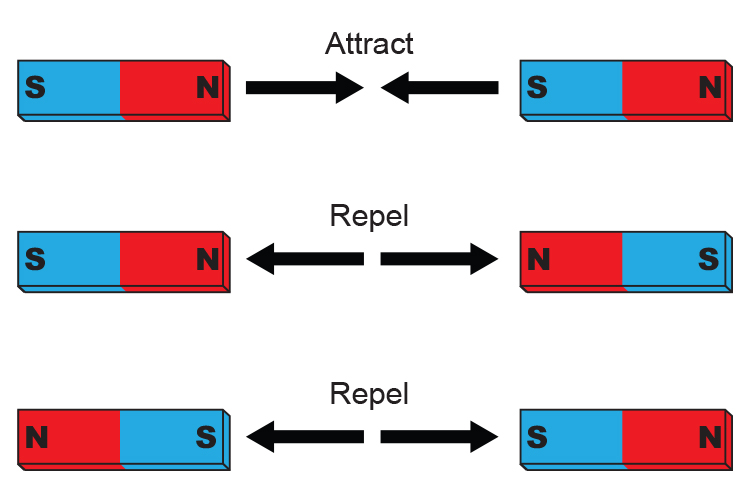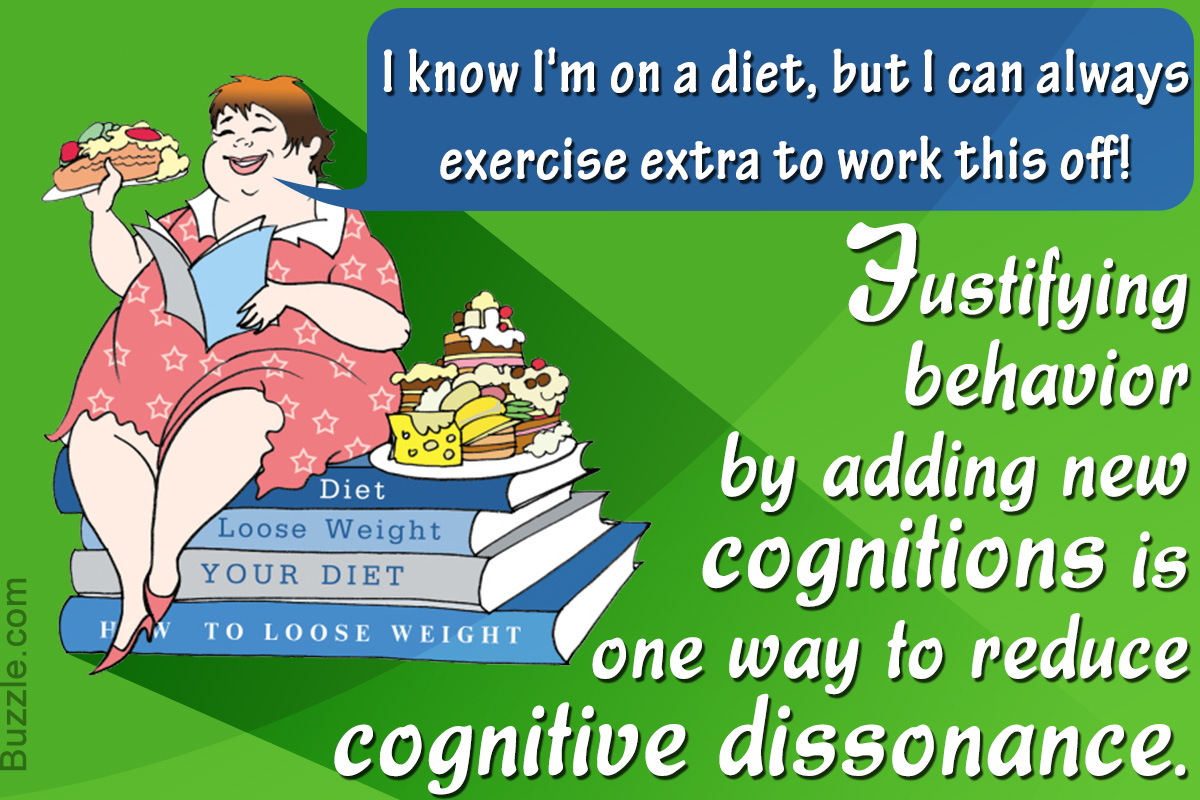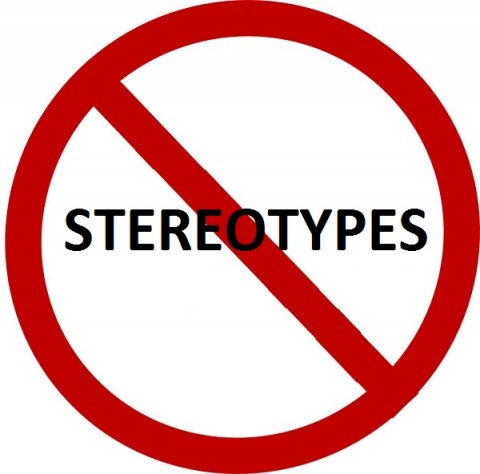Top Artifact #5
Reflective Statement: The aggression artifact showed me how different people can view aggression. As I was reading through each statement to determine whether or not it was an “aggressive” behavior, I took other peoples’ perspective on how the actions could be viewed as aggressive. For the assignment I only ranked a few actions as aggressive based on the definition as defined in the textbook. The textbook defines aggression as: behavior directed toward the goal of harming another living being who is motivated to avoid such treatment.
The photo depicts my belief that the entire situation should be assessed before an action can be deemed aggressive. Making an assessment on limited information (or in this case a single statement), can lead people astray. I understand there are times where all the information will not be available to make a complete judgment; when opportunities like that arise, it’s best to understand you are working with limited information, and it’s best to not judge.
Top Artifact #4
Reflective Statement: The attitude/behavior artifact showed how cognitive dissonance plays a role in everyday life, but for most it likely goes completely unnoticed. Experiencing cognitive dissonance could bring about negative results as your mind and body aren’t synced up. In order to overcome this, you must be aware of your thoughts and actions as they are happening. For some instances you may not realize the dissonance until you’ve already reacted a certain way; however, you can take lessons learned from every situation. When you notice you’ve experienced dissonance try to understand what made you react/act in the particular way you did, and work to change it so you react differently the next time.
The photo depicts how many people reduce cognitive dissonance by justifying their actions by adding a new cognition. This could end up harming the person because they keep adding cognitions that will never be full-filled; increasing the amount of cognitive dissonance experienced. The better approach to lessening this dissonance is being more self-aware, and learning from previous thoughts/actions. In time, you will find your mind/body are better linked, and you’ll think more freely because of it.
Top Artifact #3

Reflective Statement: The attraction artifact showed results of a survey where people were asked if they agreed with one of the statements: “Opposite attract” or “Similarity leads to attraction”. Typically, social psychologist believe “similarity leads to attraction” is more relevant. In general, no matter which statement the person received, they agreed with the statement, and there’s reason for that. For both cases, the survey stated “Social psychologist have found in their research (opposites attract or similarity leads to attraction). Therefore, the surveyor was primed to agree with the statements. Because the persons surveyed did not have the actual data/information, they could only go off what they were reading. In this case, it’s a lot easier to agree with the social psychologist than say they are wrong and disagree with the statement.
The photo depicts how magnets attract/repel, which is contrary to most social psychologist beliefs. I believe there’s equal opportunity for both cases. This goes back to appreciating people for who they are. Just because they don’t think/look/act/etc. like you, doesn’t mean there isn’t potential for attraction. It’s a matter of opening yourself up to understand/appreciate the differences.
Top Artifact #2

Reflective Statement: The biased media artifact showed how information is portrayed (in this case, by the media), can have a significant effect on how the information is judged/believed by the viewers. Unfortunately, media uses methods to display data to sway the viewers in one way or another. The picture above represents how violent crime rates were reported by different television channels. The discrepancy is quite significant and depending on which “numbers” you saw, your opinion on the topic can be significantly swayed. It’s unfortunate the “division” that’s been created by media. For example, the divide between Fox News, and CNN is known to about everyone. You’d think by being news sources, they’d want to work together for the betterment of everyone, but that doesn’t appear to be the case.
I think the news media should do a better job of displaying relevant, completely unbiased information; allow the viewers to make their own judgments. Because I don’t see that happening overnight, if you follow the news, I recommend checking multiple sources, and coming up with your own conclusion.
Top Artifact #1
Reflective Statement: The stereotype artifact brought awareness to how stereotypes have changed over time, and will likely to continue to do so. I believe we need to work together to eliminate stereotypes; which is the reason for choosing the picture. I think at the core of stereotypes is ignorance. Each person is unique and should be appreciated as such. It’s unfortunate how most only see the potential for bad in people. I understand how stereotypes are often used to make quick-judgments; I’m just not sure what benefit is gained in making a quick-judgment, vice getting the information, and understanding the person/people in question. When it’s not possible to learn who an individual is, in my opinion it’s better to walk away understanding you do not know that specific individual and it would not be fair to place a stereotype on said person. If you can learn to love and appreciate individuals as they are, I think you will find yourself using stereotypes less often. If you stereotype an individual you aren’t giving them an opportunity you show you who they really are, and their potential; which can hurt both parties.
This article was my favorite because it brought to light a big problem we experience in everyday life. I’ve experienced it first hand. Stereotyping can have detrimental and significant impact on a person’s life. At the end of the day, when you stereotype a person, you are failing to see who they truly are; the next time you find yourself stereotyping, try to take the time to get to know the person before making judgments. If, for whatever reason you can’t understand them, appreciate the fact you can’t. I know that’s how I’d like to be treated.


